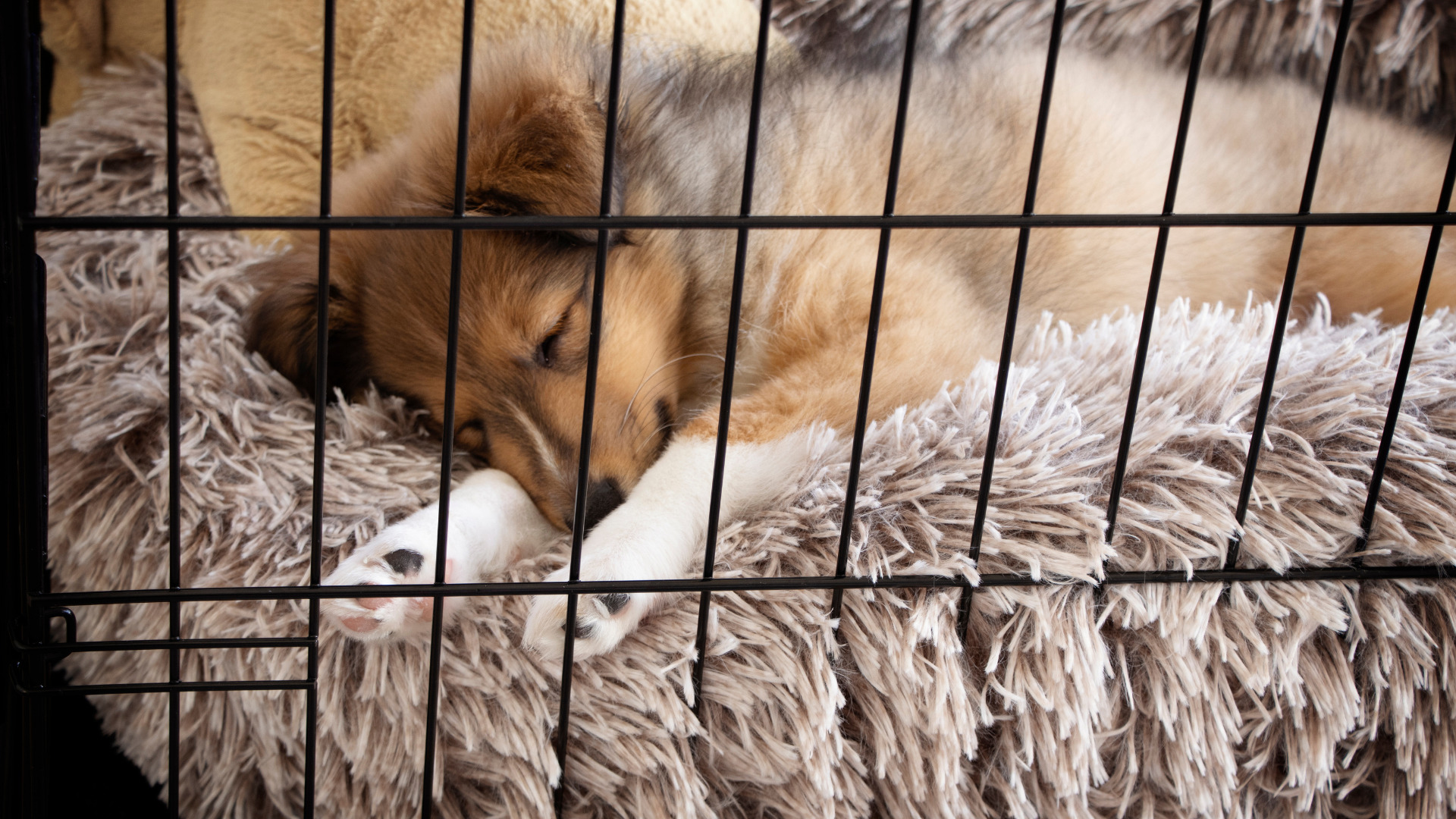
When it comes to puppy training, crate training has received both praise and criticism. Consider the crate training pros and cons to determine if it’s right for your furry friend. Some find it practical for training and safety, while others view it as inhumane. In this article, we’ll explore seven key factors to consider when crate training, providing a balanced perspective to help you decide.
Table of Contents
Crate Training Pros and Cons
Crate Training Pros
Alright, let’s dig into the pros of crate training because there are certainly some pretty good ones.
First off, crate training can provide a secure, cozy zone for your pup. Dogs, just like us, need a safe space to call their own.
Secondly, it can simplify house training. Dogs instinctively avoid soiling their sleeping area, so a crate can help regulate their bathroom schedule.
Lastly, a crate can be a handy tool to keep those gnawing jaws away from your favorite furniture.
The point is, that the ‘crate training pros and cons’ debate has valid points on both sides, but these pros sure make a compelling case for the former.
Crate Training Cons
Now, let’s flip the coin and check out the cons side of the crate training pros and cons debate because it’s not all sunshine and rainbows.
First off, crate training could lead to feelings of isolation for your pup if not done right. Dogs are social creatures, and too much time in the crate can make them feel lonely and distressed.
Secondly, there’s the risk of overuse. Some dog owners may rely too heavily on the crate, leading to an unhappy and confined pet.
Lastly, crates can give a false sense of security, leading some owners to neglect proper training and exercise.
So, while crate training has its advantages, it’s crucial to weigh these cons in the balance too. Crate training pros and cons, it’s all about finding what works best for your furry pal!
7 Things to Watch Out For in Crate Training
When navigating the crate training pros and cons, there are several critical factors to keep in mind.
1. Oversized Crate: Remember, a crate is a dog’s personal space, not a large room. An oversized crate may invite your pup to soil on one end and sleep on the other.
2. Proper Ventilation: Ensure that the crate has adequate ventilation. Your pup should feel comfortable and not suffocated.
3. Crate Placement: Place the crate in an area that is quiet yet feels part of the household. Isolation can lead to distress.
4. Over-reliance: Remember, a crate is a tool, not a permanent solution. Over-reliance is one of the significant cons in the ‘crate training pros and cons’ debate.
5. Crate Time: Never use the crate as a timeout spot or a punishment tool. This can lead to fear and anxiety in your pet.
6. Crate Training Time: Introduce your pup to the crate gradually, increasing the time spent in the crate. Abrupt long hours can cause distress.
7. Post-Crate Activity: Regular exercise and interaction post-crate time are essential to keep your pet happy and healthy.
Navigating through the crate training pros and cons is about finding a balance that works best for your pet. Always remember, that every dog is unique, and what works for one may not work for another.
7 Important Things to Consider in Crate Training
Alright, let’s get down to the nitty-gritty. After all, we’ve talked a lot about the crate training pros and cons, but we need to look at the practical side of things, too. So here are 7 essential things to keep in mind when you’re crate training:
1. The Right Crate: Size matters, folks! A crate should be cozy but not too tight. Your dog should be able to turn around and lie down comfortably. So, make sure you get the right one.
2. Comfort Is Key: Just like we need a comfy bed, your pup needs a comfy crate. Add some soft blankets or a bed for your furry friend.
3. The Door: This can be a tricky part. Make sure to introduce the crate with the door open. Let your pup explore and get comfortable before you start closing the door.
4. Making It Fun: Place toys and treats in the crate. This can help associate crate time with fun time.
5. Meal Times: Feed your pup in the crate. This can create positive associations and help with the crate training process.
6. Monitor Crate Time: It’s not about just sticking them in there and forgetting about them. Be mindful of how long your pup is spending in the crate. Remember, they need exercise and interaction!
7. Patience: Rome wasn’t built in a day, and your pup won’t get used to the crate overnight. Patience is key in the crate training pros and cons journey.
And there you have it! Keep these points in mind, and crate training should be a smoother process for both you and your pup. Remember, it’s all about balance and what’s best for your furry friend when considering crate training pros and cons.

Best Crates for Dog
Selecting the ideal crate for your dog is a crucial part of the crate training process. With numerous options on the market, it’s essential to consider factors such as size, material, design, and the individual needs of your pup.
Remember, the crate should provide a sense of security and comfort for your dog, not a feeling of confinement.
Wire crates are popular due to their durability and ventilation. They often come with dividers allowing you to adjust the crate size as your puppy grows. However, they can be less cozy and may require additional padding for comfort.
crate-trained Plastic crates are more enclosed, providing an added sense of security for some dogs. They’re often preferred for travel, but may not offer as much ventilation.
Lastly, there are soft-sided and decorative crates. Soft-sided ones are lightweight and portable, perfect for dogs that are already crate-trained.
Decorative crates, on the other hand, are designed to blend with home decor but may not stand up to a heavy chewer.
Ultimately, like all aspects of crate training, choosing the right crate comes down to understanding and catering to the unique behavioral traits and needs of your furry friend.
Conclusion
Crate training is a widely debated topic among dog owners. The crate training pros and cons have been thoroughly examined, and the verdict is that it depends on the individual dog and the owner’s intent and approach.
It’s crucial to remember that a dog’s welfare always comes first, and crate training should never compromise that. The crate should serve as a safe haven, not a prison. It’s all about utilizing the crate as a training tool effectively while ensuring your dog’s physical, emotional, and mental health.
Also Check: 10 Dog Food Storage Ideas For Easy Access And Organization
FAQ’s
1. What are the primary benefits and drawbacks of crate training?
Crate training can provide a sense of security for your dog and can be an effective potty training aid. However, it can potentially lead to feelings of isolation and over-reliance if not done correctly. The crate training pros and cons must be considered carefully.
2. How can I make crate training a positive experience for my dog?
Making crate training positive involves slowly introducing the crate, making it comfortable, and associating it with positive experiences like meals and treats. Remember to monitor crate time and ensure your dog gets plenty of exercise and interaction.
3. Is it okay to use a crate as a punishment?
No, the crate should never be used as a punishment tool. This can lead to fear and anxiety, which goes against the purpose of creating a safe, comfortable space for your dog.
4. What type of crate is best for my dog?
The best crate depends on your dog’s size, behavior, and individual needs. Wire crates offer good ventilation, while plastic crates can feel more secure. Soft-sided crates are suitable for travel, and decorative ones blend well with home decor. Considering the crate training pros and cons can guide your decision.

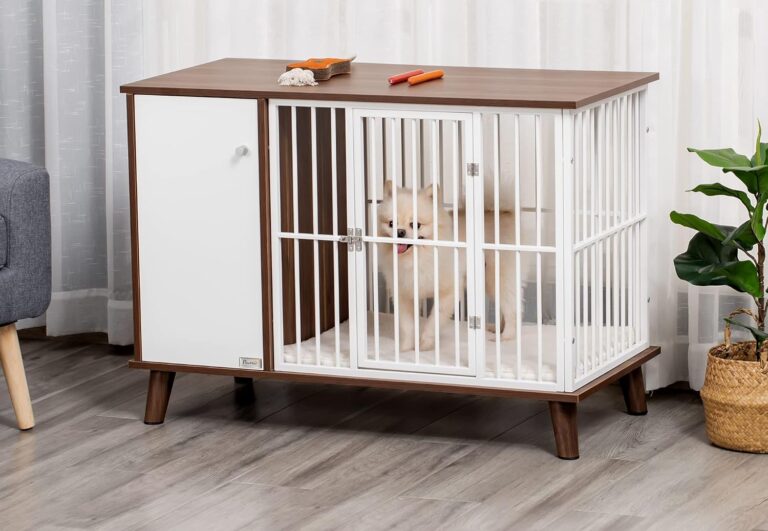
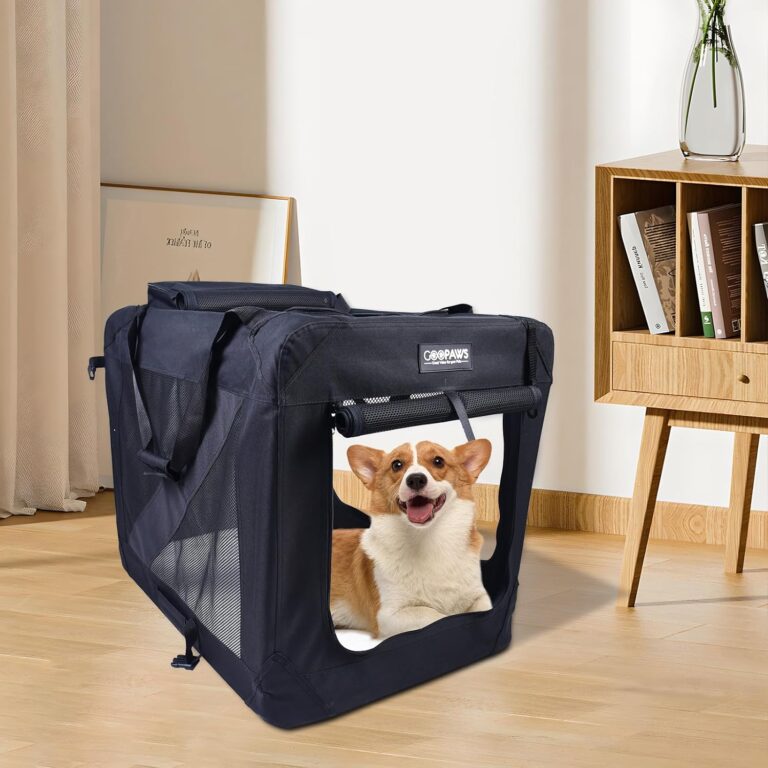


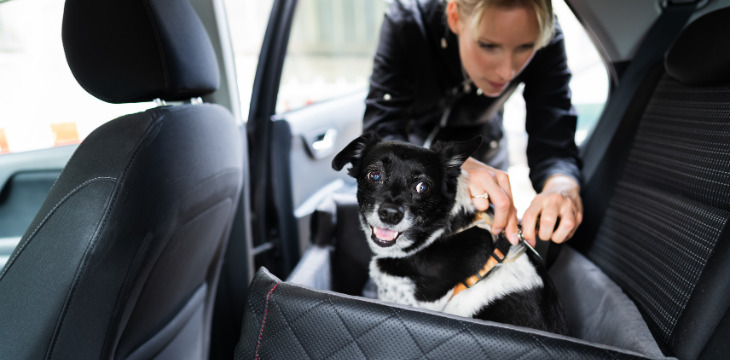
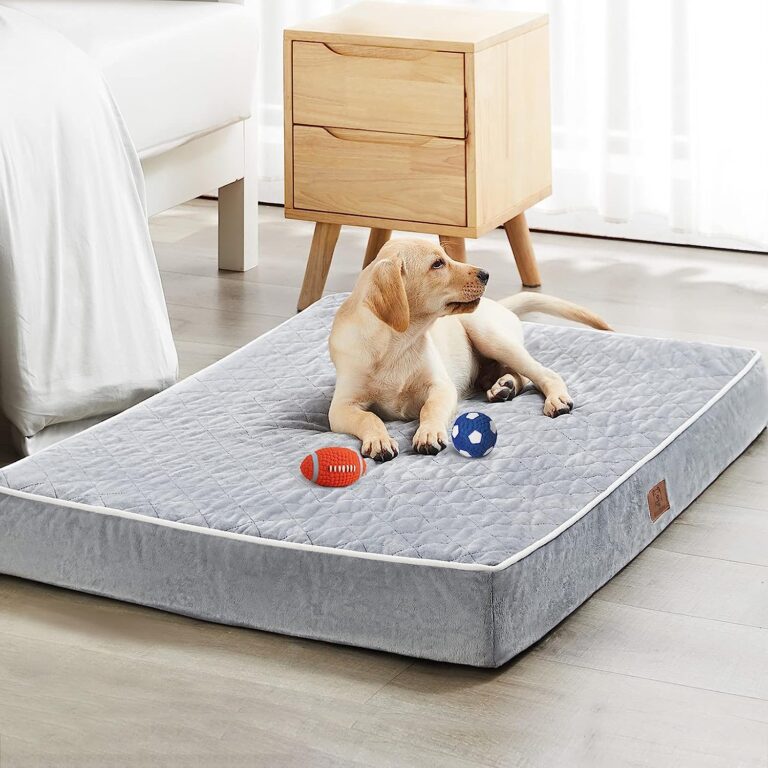
5 Comments